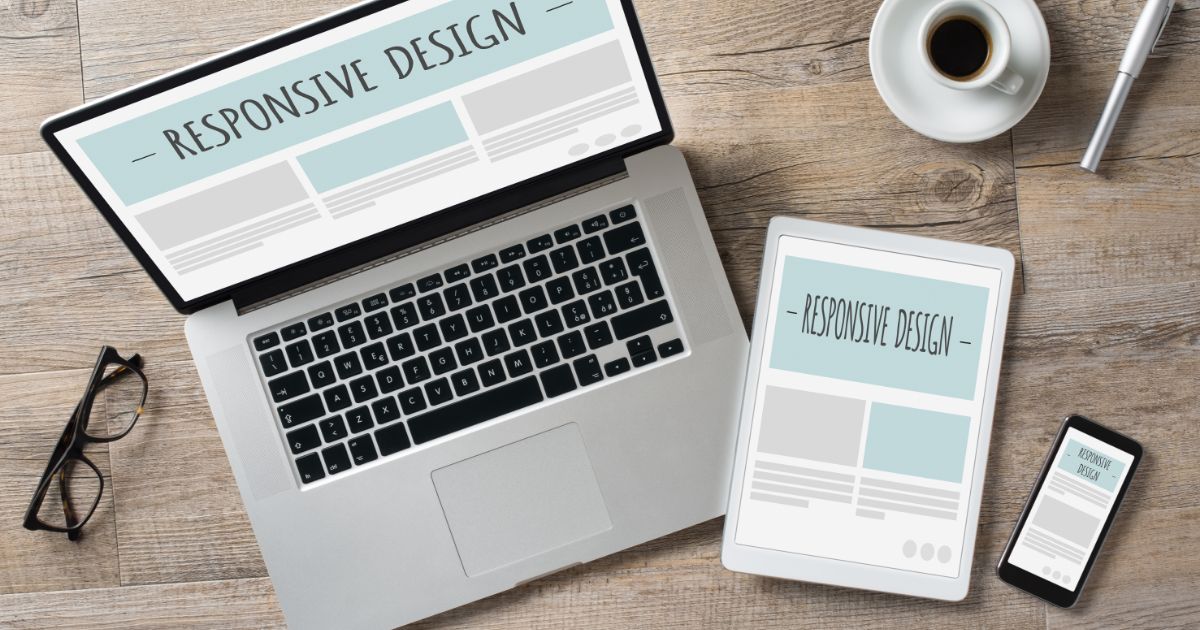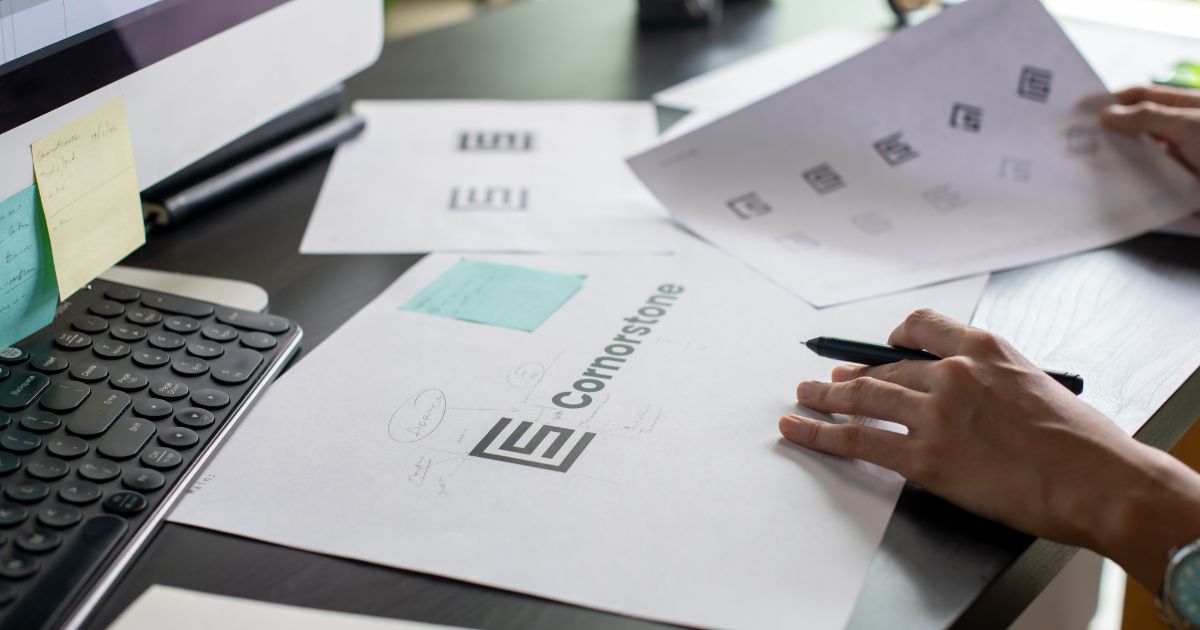
Your logo is often the first thing potential customers see when they encounter your brand, making it a critical component of your business identity. A well-designed logo serves as a powerful visual representation of your company, conveying who you are, what you do, and the values you stand for. In an increasingly competitive market, having a professional logo is not just about aesthetics—it's about establishing credibility and building trust with your audience.
What is a Logo and Why Does it Matter?
A logo is more than just an image; it is a symbol that encapsulates your brand's personality, values, and mission. It distinguishes your business from competitors and creates a lasting impression on your audience. A strong logo is simple, memorable, and versatile, working across various mediums from your website to business cards, social media, and beyond.
Elements of a Great Logo
- Simplicity: A simple design ensures your logo is easily recognizable and versatile across different platforms.
- Relevance: Your logo should be aligned with your industry and target audience, reflecting your brand's essence.
- Memorability: A unique and distinct logo helps your brand stand out and be remembered by your customers.
- Timelessness: A good logo should remain effective and relevant over time, avoiding overly trendy elements that quickly become outdated.
The Role of a Professional Logo in Brand Identity
A professional logo plays a pivotal role in establishing and maintaining your brand identity. It serves as a visual anchor for your brand, helping to unify your marketing efforts and build a cohesive brand image. Here are key reasons why investing in a professional logo is essential for your brand identity:
1. Creates a Strong First Impression
First impressions matter, especially in business. A professional logo can capture attention instantly and communicate your brand's core values. It sets the tone for how your brand is perceived, making potential customers more likely to engage with your business.
An unprofessional or poorly designed logo, on the other hand, can convey a lack of attention to detail and harm your credibility. Your logo is often the first point of contact with your audience, so it's vital to make it count.
2. Builds Brand Recognition
Consistency is key when it comes to branding. A well-designed logo helps create brand recognition, making your business instantly identifiable in the minds of your customers. This recognition builds over time and helps foster customer loyalty.
Your logo is an essential element of your brand’s visual identity, appearing on everything from your website to marketing materials, packaging, and advertising. Consistent use of your logo reinforces your brand message and keeps your business top-of-mind for customers.
3. Differentiates You from Competitors
In a crowded market, differentiation is crucial. A unique, professional logo helps set your brand apart from competitors by highlighting what makes your business special. Your logo can communicate your brand’s unique selling points and give you a distinct edge in the market.
Consider the iconic logos of brands like Apple or Nike—these logos aren’t just images; they are symbols of innovation, quality, and status. A well-crafted logo can do the same for your brand, signaling your unique position in the market.
The Impact of Logo Design on Customer Perception
Your logo directly impacts how customers perceive your brand. It acts as a visual representation of your company’s values and professionalism. A well-executed logo suggests trustworthiness, quality, and reliability, while a poorly designed logo can create doubts about your brand’s legitimacy.
Colors, Fonts, and Style Matter
The colors, fonts, and style of your logo all play significant roles in conveying your brand’s message. Different colors evoke different emotions; for instance, blue often represents trust and dependability, while red can evoke passion and excitement. Fonts also carry meaning—bold, sans-serif fonts might suggest modernity and strength, while elegant, serif fonts can convey tradition and sophistication.
Choosing the right design elements for your logo is crucial in shaping how your brand is perceived. Professional logo designers understand these nuances and can create a logo that accurately reflects your brand's personality.
Aligning Your Logo with Your Brand Story
Your logo should tell the story of your brand. It’s a visual summary of who you are and what you stand for. When your logo aligns with your brand story, it becomes a powerful tool for connecting with your audience on an emotional level.
This connection helps build a loyal customer base that feels aligned with your brand values, further enhancing brand perception and loyalty.
Common Mistakes to Avoid in Logo Design
Designing a logo involves more than just picking colors and fonts. Many businesses fall into common pitfalls that can undermine their branding efforts. Here are some mistakes to avoid when creating your logo:
1. Overcomplicating the Design
Complex logos can be difficult to reproduce across various mediums and are often hard for customers to remember. Aim for simplicity and clarity to ensure your logo is versatile and effective.
2. Following Trends Blindly
While it's tempting to jump on design trends, logos based solely on trends can quickly become outdated. Focus on timeless design principles to ensure your logo remains relevant for years to come.
3. DIY Design Without Professional Help
Although there are numerous DIY logo design tools available, they often lack the strategic insight and creativity that professional designers bring to the table. Investing in professional design services ensures your logo is unique, strategically sound, and aligned with your brand’s identity.
For expert help, consider exploring our Branding & Identity services to get a custom logo that truly represents your business.
How to Get Started with a Professional Logo Design
Creating a professional logo involves careful planning and collaboration with experienced designers. Here are steps to help you get started:
1. Define Your Brand’s Core Values and Mission
Before diving into design, take time to define what your brand stands for. Understanding your core values, mission, and target audience will guide the design process and ensure your logo reflects your brand accurately.
2. Collaborate with Professional Designers
Work with professional designers who can bring your vision to life. They can provide insights into color theory, typography, and design trends that align with your brand’s goals.
Professional designers can also ensure your logo is versatile, scalable, and effective across different media, from digital to print.
3. Test and Refine Your Logo
Once you have a design, test it in various contexts—on your website, social media, and marketing materials. Gather feedback from your team and audience to refine the logo until it perfectly captures your brand identity.
Conclusion: Elevate Your Brand with a Professional Logo
A professional logo is a cornerstone of your brand identity. It sets you apart from competitors, enhances brand recognition, and communicates your values in a visually compelling way. Investing in a professional logo is an investment in your business’s future, setting the foundation for strong, consistent branding.
Ready to take your brand to the next level? Explore our Web Design and Branding & Identity services to start building a logo that truly reflects your business.
For further insights into the importance of logo design, check out this guide on Logo Design Love.







